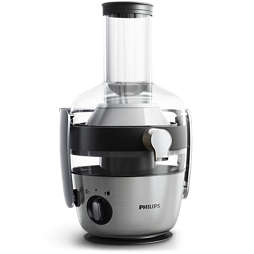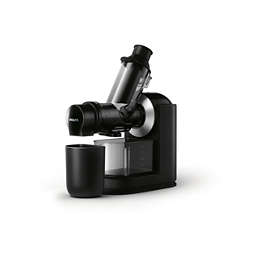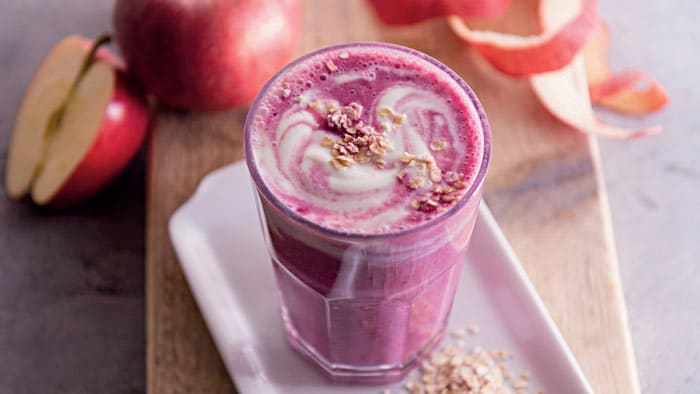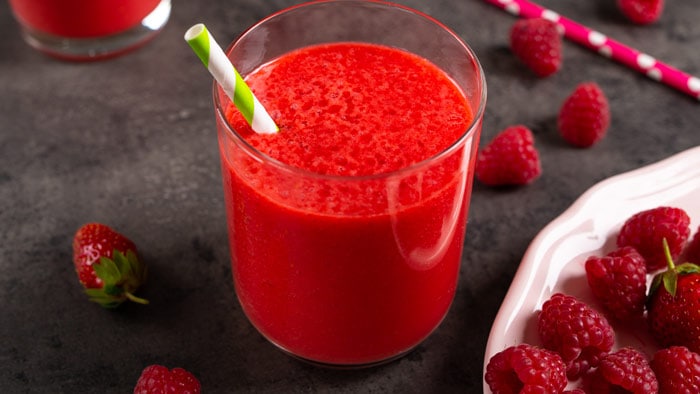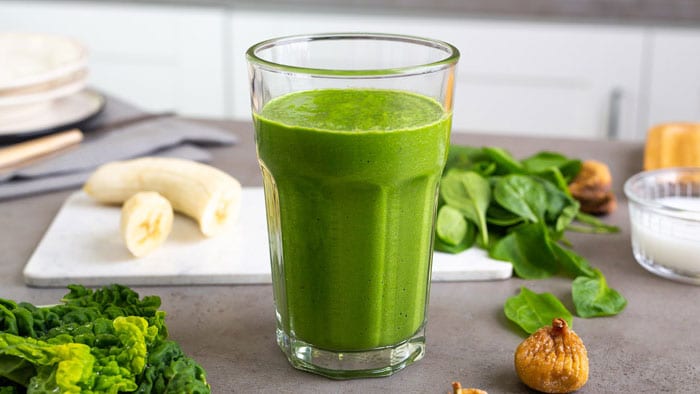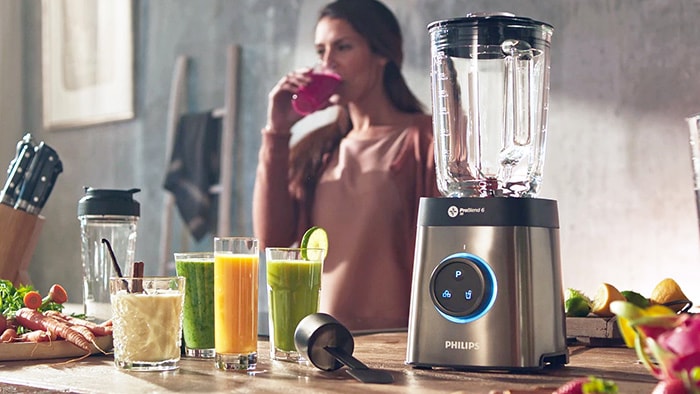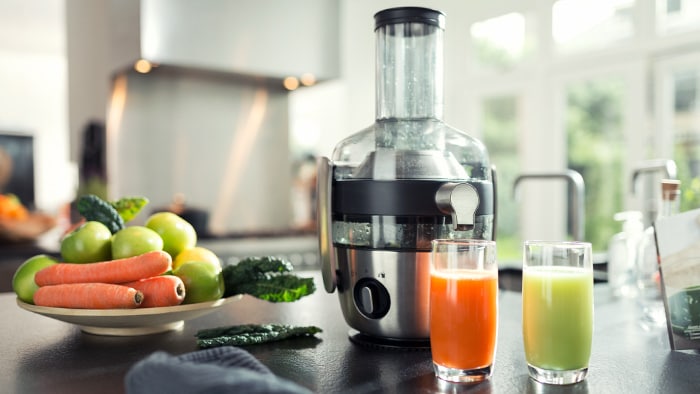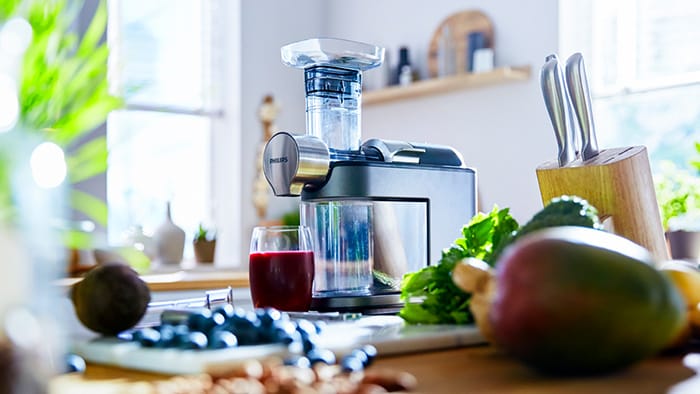Reading time: 3 Min
What is a slow juicer, and how exactly does it work?
There are many different ways to prepare freshly squeezed juice – which is probably why juicers, juice presses and slow juicers generate so much conversation. But what is the difference between slow juicers and normal juicers? And what makes slow juicers so special?
What is a slow juicer?
It may seem a little obvious, but a slow juicer is exactly what its name suggests. It is a special form of juice press which slowly cuts fruit and veg into small pieces and squeezes all of the juice from them. The Philips slow juicers not only squeeze the fruit but also extract juice from the fruit pulp.
Ordinary juicers extract juice by cutting fruit into pieces with sharp blades at a very high speed - sometimes more than 20,000 rotations per minute. In contrast, a slow jucier works at around 30 and 200 rotations per minute.
The friction from the blades in an ordinary juicer generates heat. As a result, the difference between slow juicers and normal juicers is that, in ordinary juicers, heat-sensitive vitamins, minerals and other valuable nutrients can be destroyed. Ordinary juicers also add more oxygen to the juice during the juicing process, which leads to faster oxidation and may also result in a loss of nutrients.
Therefore, one key advantage of a slow juicer is that it produces a juice with a greater amount of vitamins, minerals, and other nutrients. Not only is this juice better for you, it’ll taste better too!
What you need
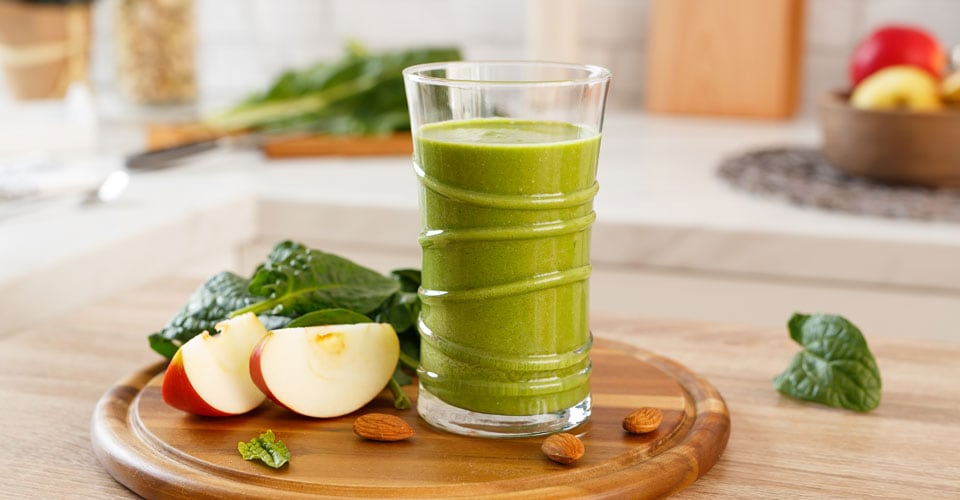
Exactly how does a slow juicer work?
Another slow juicer benefit is that the exact function of a slow juicer is designed to resemble the chewing motion of the human mouth. The mouth is very effective at extracting nutrients because it “pre-digests” food, which makes it easier for the body to absorb and metabolize nutrients during the rest of the digestive process.
Not only that, but it has been scientifically proven that nutrients can be best preserved when masticated at a rate of 30 to 40 movements per minute.
An additional advantage of a slow juicer is that you can put whole fruit into the machine. The juicer will extract the juice directly into the container. The pomace (skins, pulp, seeds, and stems) goes to a separate container.
Slow juicers work with softer fruits such as mangos, as well as with harder vegetables like carrots or ginger. The Philips Avance Juicer features the unique MicroMasticating technology, which extracts 90% of the ingredients and converts them into a thicker, more nutritious juice. This way more vitamins, nutrients and fibre from the fruits and vegetables are added to the juice.
